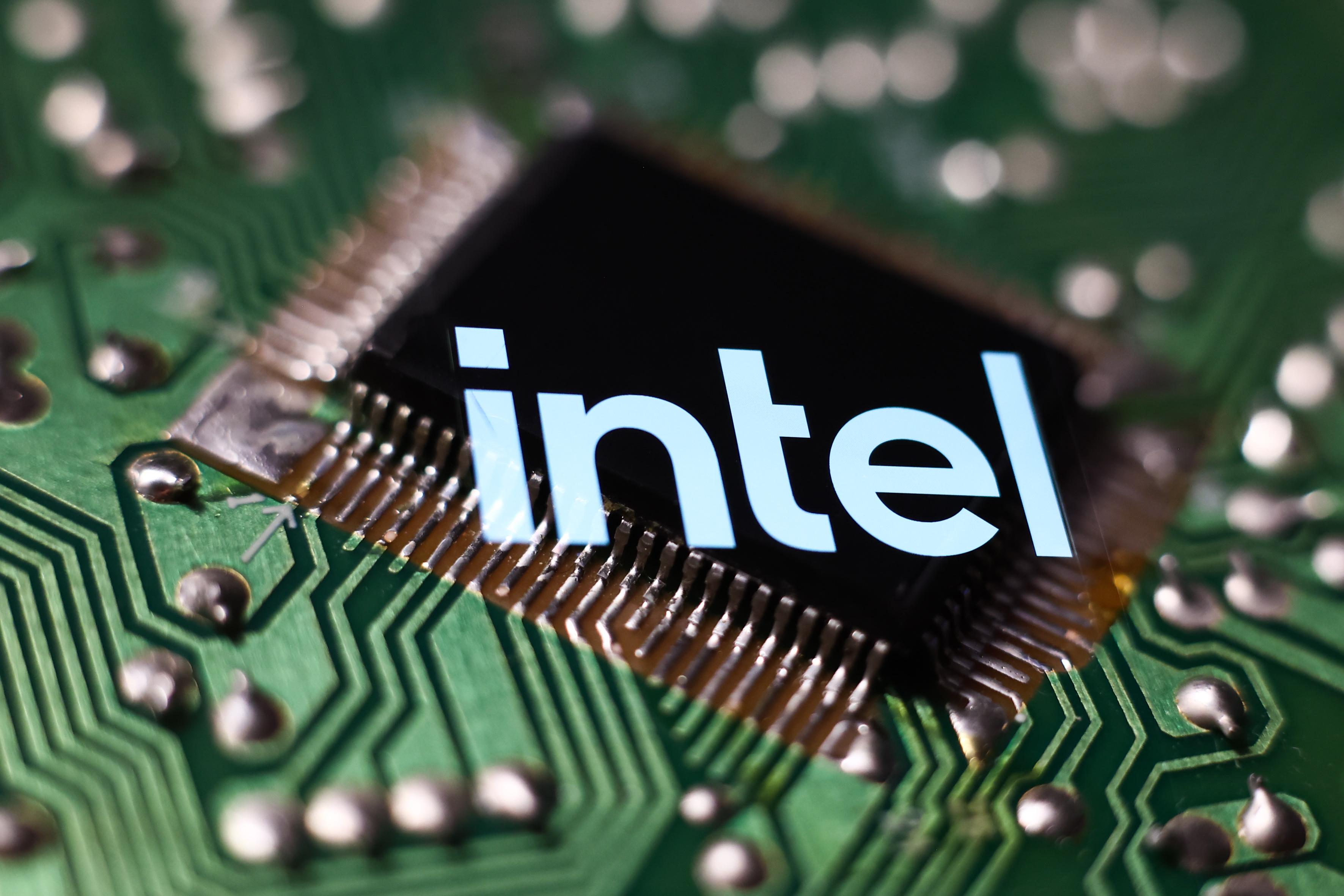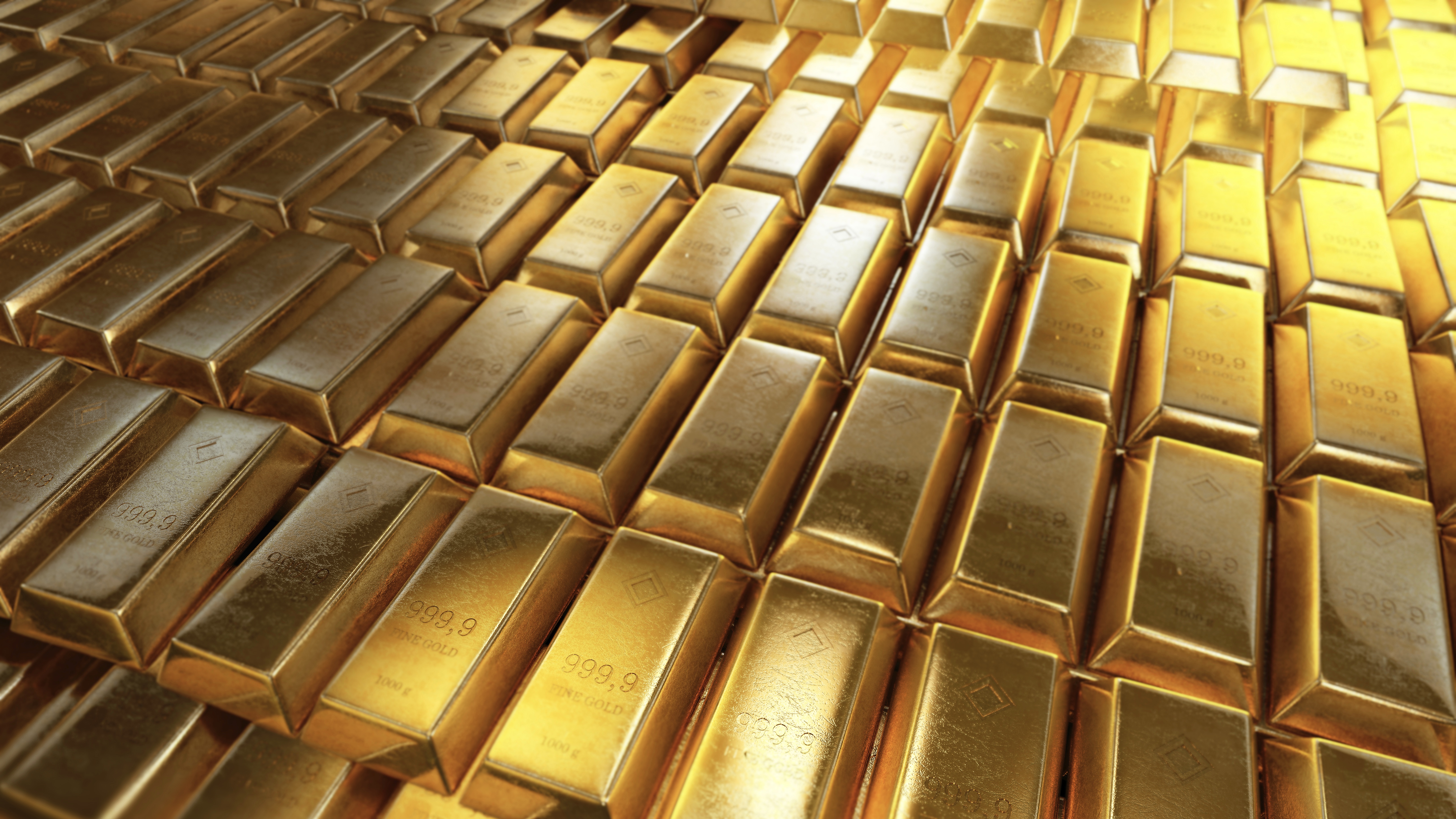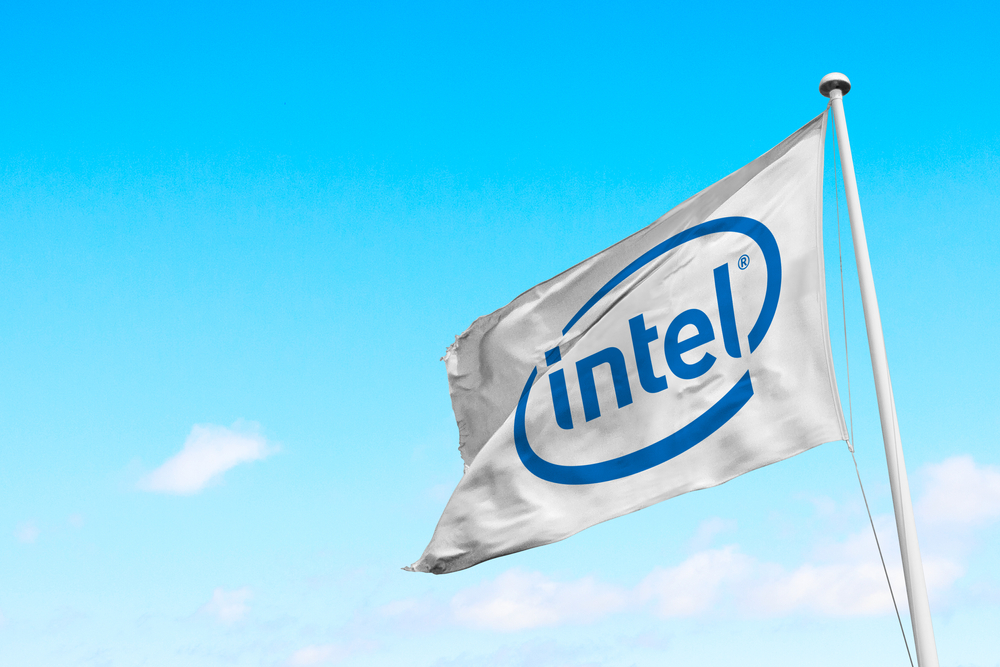Why is ASUS reviving Intel’s NUC mini-PC line?
The diminutive PC is to rise again while analysts look for the business case


After its discontinuation in July, ASUS has announced plans to take the Intel NUC product line forward.
While the move will be welcomed by fans of the mini-PC, analysts are considering the motivations behind the agreement and the business case driving it.
Ranjit Atwal, research director at Gartner, told ITPro that ASUS could have an existing contract in place and needed the NUC to fulfil its needs.
“There’s got to be some business benefit from this,” he said.
“I can only imagine that they’ve sold [some] already and they need to fulfill them for something very specific”.
Intel and ASUS have agreed a term sheet to take the NUC forward to manufacture, sell, and support the 10th to 13th Gen NUC product line and develop future designs.
Sam Gao, Intel’s vice president and general manager of Intel Client Platform Solutions, noted that the company was pivoting its strategy “to enable ecosystem partners to continue NUC systems product innovation and growth”.
Sign up today and you will receive a free copy of our Future Focus 2025 report - the leading guidance on AI, cybersecurity and other IT challenges as per 700+ senior executives
RELATED RESOURCE

Sustainable devices for positive impact
Helping your organization operate efficiently and effectively.
The result is a deal for ASUS to take over the NUC line. Gao went on: “I am looking forward to ASUS continuing to deliver exceptional products and supporting our NUC systems customers”.
ASUS’s chief operating officer, Joe Hsieh, thanked Intel and said the plan was to expand ASUS’s presence in areas such as AI and AIoT.
The NUC mini-PC is too powerful for IoT solutions that tend to use microcontrollers or low-power chipsets - for example, the Raspberry Pi - and Atwal said that ASUS was likely considering something between edge hardware and a fully-fledged compute device.
What is the Intel NUC?
The NUC - or Next Unit of Computing - was launched just over ten years ago by Intel and has evolved over the years alongside Intel’s CPUs.
The small form-factor PC tends to be around 10cm x 10cm, although the dimensions have changed slightly over different generations.
The NUC could be purchased as a barebones kit or as a complete PC - Intel tried several configurations over the years, from something suitable to be dropped into an office environment to powerful options that could form the basis of gaming rigs.
Ultimately, the device carved itself a niche among users seeking the tiniest PC possible. It also faced stiff competition from alternatives such as the Apple Mac Mini as well as an ongoing trend toward mobile computing.
It clearly wasn’t a huge success for Intel. Atwal said: “The fact they’re winding it up tells you everything”.

Richard Speed is an expert in databases, DevOps and IT regulations and governance. He was previously a Staff Writer for ITPro, CloudPro and ChannelPro, before going freelance. He first joined Future in 2023 having worked as a reporter for The Register. He has also attended numerous domestic and international events, including Microsoft's Build and Ignite conferences and both US and EU KubeCons.
Prior to joining The Register, he spent a number of years working in IT in the pharmaceutical and financial sectors.
-
 Trump's AI executive order could leave US in a 'regulatory vacuum'
Trump's AI executive order could leave US in a 'regulatory vacuum'News Citing a "patchwork of 50 different regulatory regimes" and "ideological bias", President Trump wants rules to be set at a federal level
-
 TPUs: Google's home advantage
TPUs: Google's home advantageITPro Podcast How does TPU v7 stack up against Nvidia's latest chips – and can Google scale AI using only its own supply?
-
 Gaining timely insights with AI inferencing at the edge
Gaining timely insights with AI inferencing at the edgeWhitepaper Business differentiation in an AI-everywhere era
-
 Scaling AI from pilot to production: Maximize AI impact with HPE & Intel
Scaling AI from pilot to production: Maximize AI impact with HPE & IntelWhitepaper Transform AI proof-of-concepts into full-scale implementations
-
 UK supercomputer boom as HPE and Dell receive funding for new AI cluster
UK supercomputer boom as HPE and Dell receive funding for new AI clusterNews The UK’s AI computing capabilities will increase by an order of magnitude in 2024
-
 AI gold rush continues as Hugging Face snags $235 million from IBM
AI gold rush continues as Hugging Face snags $235 million from IBMNews The investment round, which brings the company's valuation to $4.5 billion, also includes Amazon, Google, Intel, and Salesforce
-
 Intel targets AI hardware dominance by 2025
Intel targets AI hardware dominance by 2025News The chip giant's diverse range of CPUs, GPUs, and AI accelerators complement its commitment to an open AI ecosystem
-
 Why aren’t factories as smart as they could be?
Why aren’t factories as smart as they could be?Whitepaper How edge computing accelerates the journey to a remarkable factory
-
 Who needs Intel vPro®, An Intel® Evo™ Design, anyway?
Who needs Intel vPro®, An Intel® Evo™ Design, anyway?Sponsored With flexible work on the up, the demand for high performance on-the-go business laptops has never been greater
-
 Intel Core i9-12900KS debuts as "world's fastest" desktop chip
Intel Core i9-12900KS debuts as "world's fastest" desktop chipNews The flagship processor runs at 5.5GHz on up to two of its cores